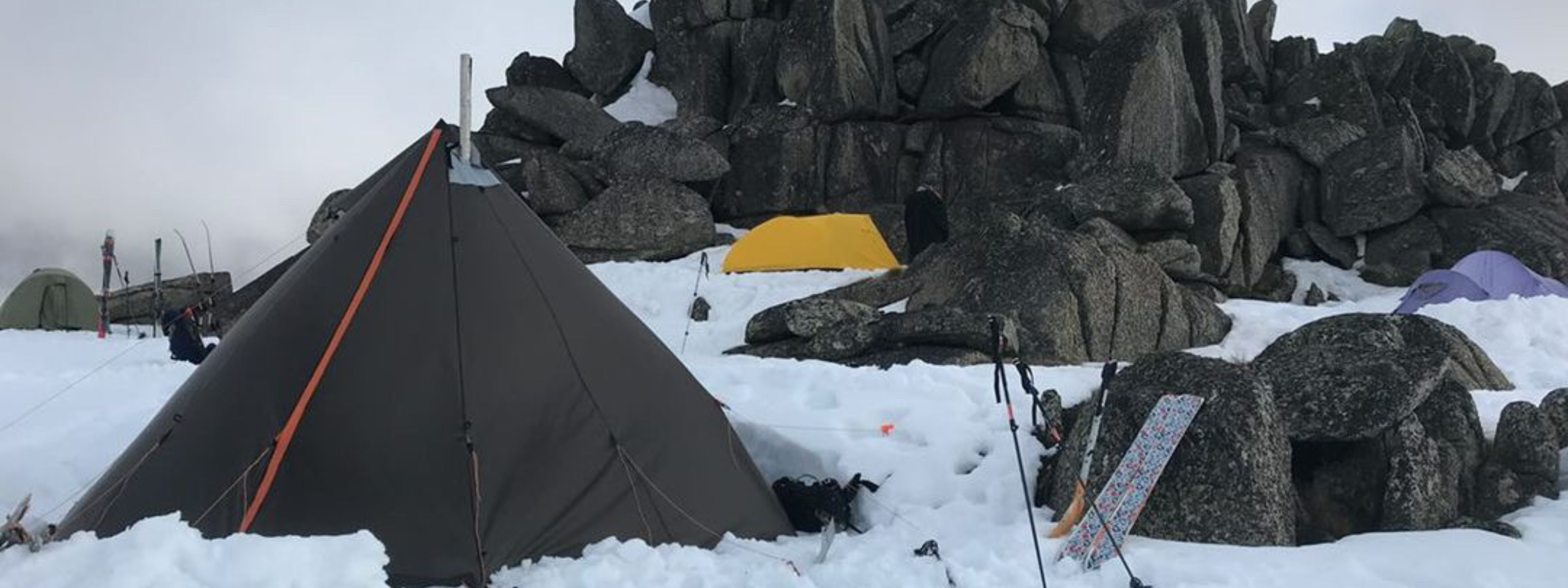
Communications Planning when heading into the outdoors - Part 2
Beyond the Basics: Communication Options in the Outdoors
Written by Dave Parker, CEO PAST Outdoors
In Part one of Communications Planning when heading into the outdoors we covered the PACE planning tool and Actions on. Today I want to share with you what I use for communications. This is my own plan, often I am with others who have similar training, experiences and devices further increasing our redundancy and reducing the risk of becoming isolated.
1. Mobile Phone & Biolite Power Bank
I personally carry an iPhone 14 Pro (Satellite SOS enabled) and a 20000mAh Biolite Battery pack to ensure it has a full tank of gas in it. I carry this in my clothing so it is always on me and within arms reach - not in my backpack. Although the phone has a waterproof rating I still keep it in a specially designed waterproof case.
A mobile phone (smart or ‘dumb’) is a great primary. Coverage is improving regionally and each has pros and cons. Some ‘dumb; phones are inexpensive, light, extremely long battery life and can often get a text out better than a smartphone.
A smartphone does have many more features and now newer models have satellite communications organic to the device. It has changed the game in rescue. Some limitations are battery life when cold, durability and as they spend a lot of time in your hands as a camera they can be easily lost or damaged.
2. Two way Satellite Messaging
These devices are often seen as expensive, with subscriptions that aren’t the cheapest. In my military career my team and I faced truly life-threatening situations where my team and I were minutes away from certain death and I’m alive to write this because we had contingency communications and communication plans that worked. You can hear the full story on my Zero Limits Podcast.
It’s a bit different from being lost or injured while hiking, but the principles and lessons learned apply to life in general. Not for a second during that time did I wish for a basic communications plan or a cheap device. In my opinion, two-way communication devices are essential in today’s world. Why risk your life to save a few bucks?
Personally, and this may surprise you that up until recently I didn't have the latest model, I had an older model Delorme that is pre-Garmin’s take over of inReach devices. It cost me a lot of money in 2015 ($650 plus) and I have had a continuous subscription since. I have used it to communicate on almost every continent with zero friction. I never traveled without it. Only recently did I upgrade it to a Garmin inReach Mini 2.
It is the trust that I have gained from both the inReach satellite network and Garmin products that give me the confidence to stock them and recommend them to you.
Personal Locator Beacon (PLB)
Essential. Don’t try to tell me you don’t ‘think’ you will need one. They can be less than $400, weigh nothing and will save your life. I know how much you all spend on comfort items, kit and streaming subscriptions - so a small expense that can save your life is worth it.
I own and recommend the Ocean Signal RescueMe PLB1 due to its size, battery life and the after sales support that the Australian distributor offers for inexpensive battery replacement that makes it environmentally and economically sustainable.
I carry this again on the person (not in my pack) so I can always activate it. We even have a training device in the store so you can have a physical practice of using one.
Other options were out there and I explored them but settled on Ocean Signal after many discussions with those in the rescue industry, including the distributor who spent a long time in the Victorian Police SAR.
Scheduled Comms
Not a device, but a procedure you can use and develop - now this varies for each activity but essentially the same principles as discussed early in ‘Actions On’. I like to schedule communications and have an action on a missed scheduled call/text with family.

Scheduled Comms between my wife Alli and myself may be:
“I will send a text/inReach message every six hours in daylight at 0600, 1200 and 1800. If you do not receive a text, you are to raise comms with me. If I do not respond in 30 minutes, try again. If no response please call [insert relevant authority or person who can assist, this is always preplanned].
Now these timings you can adjust for whatever your activity is. It may be less for low risk and as often as you need it for high risk activities. Contact us if you need help developing a plan.
Summary
Failing to plan is planning to fail. You may not need all the latest electronic gadgets but you will need a plan to work out how you can communicate when things don’t go as planned.
Everyone in your group needs to have their own PACE plan, devices and to be familiar and competent with each other’s equipment to add that extra layer of redundancy and risk reduction. The same can be said for those who are at home monitoring your trip (if you don’t have someone doing that, you should) so they know when something is not right and when and where they can start directing rescue agencies to your location.
For the final part of a rescue you will need to attract the attention of a rescue party. A proper whistle (not a backpack strap) is what you will need here. The Fox 40 Sonic Blast whistle is perfect and I carry a high vis vest as a marker panel and my travel towel is blaze orange as is my emergency bivy.
As always, we are always on hand to answer any questions and assist in creating your own robust communications plan.
Handy links
Here are some handy Links for trip intention forms for the relevant States who have them and more information on safety in Parks in each state.
New South Wales have a trip intention form you can fill out.
https://bookings.nationalparks.nsw.gov.au/public/npws/trips/intention?site=NPWS
Victoria also has a trip intention form you can fill out.
Queensland do not have a particular form but some handy information can be found here
https://parks.desi.qld.gov.au/__data/assets/pdf_file/0023/166271/remote-bushwalking-advice-form.pdf
Northern Territory has a guide only but some walks require a booking.
https://nt.gov.au/parks/bushwalking-hiking/bushwalking-hiking-safety
Western Australia has a form you can complete too
South Australia has detailed information on safety for bushwalkers here
https://www.parks.sa.gov.au/know-before-you-go/bushwalking
Tasmania has mandatory registration for several walks can be found here
https://parks.tas.gov.au/explore-our-parks/know-before-you-go/overnight-walker-registration
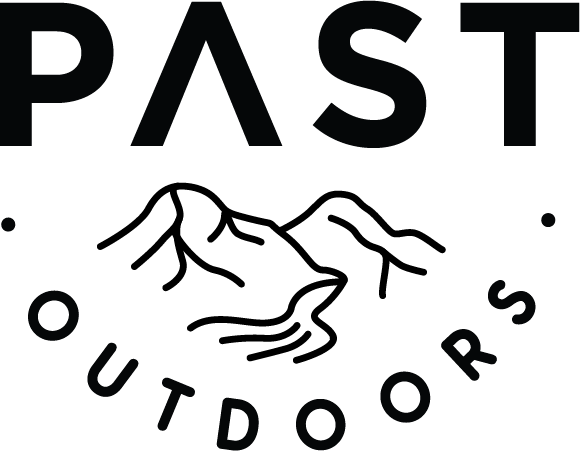




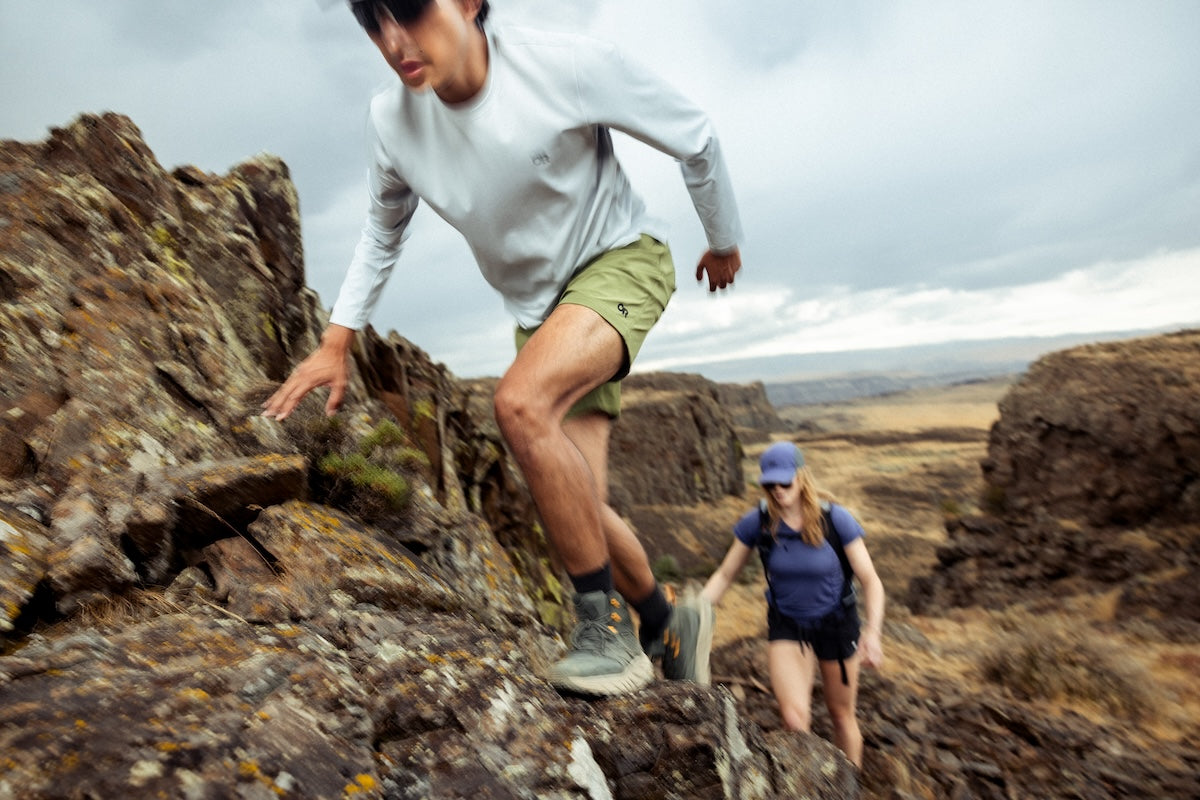
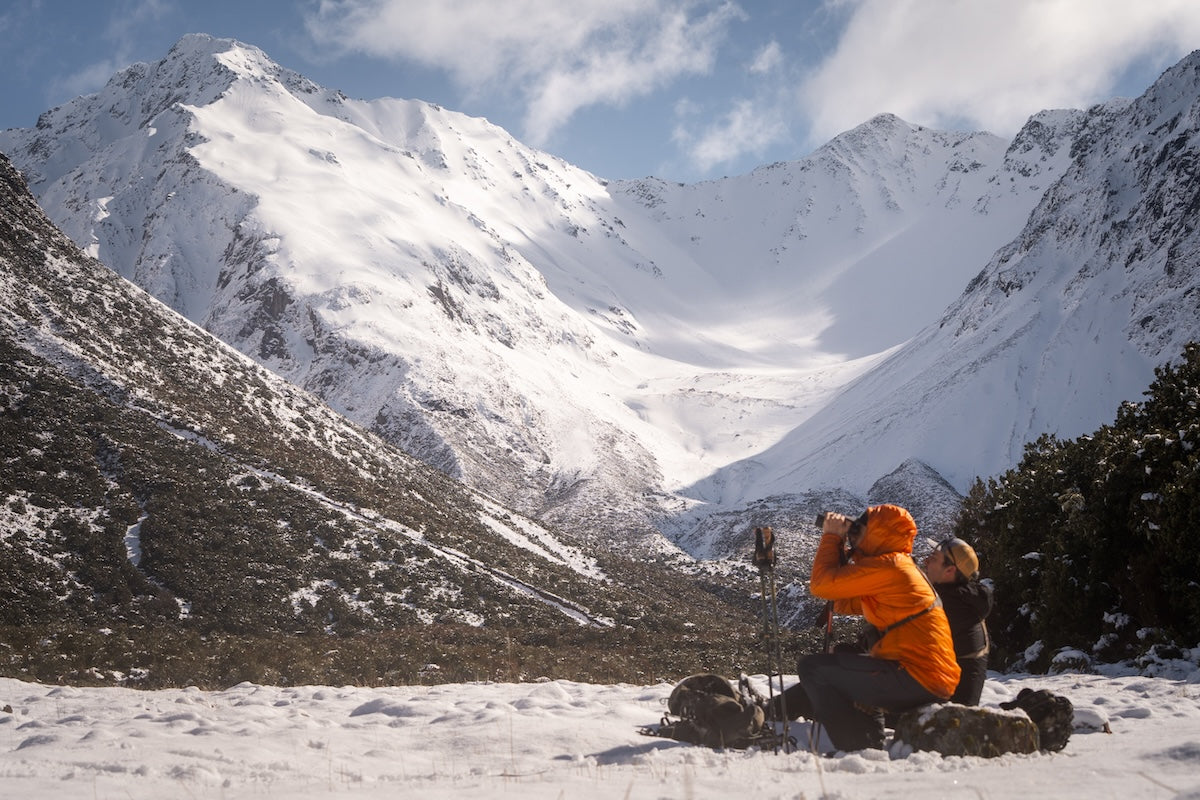
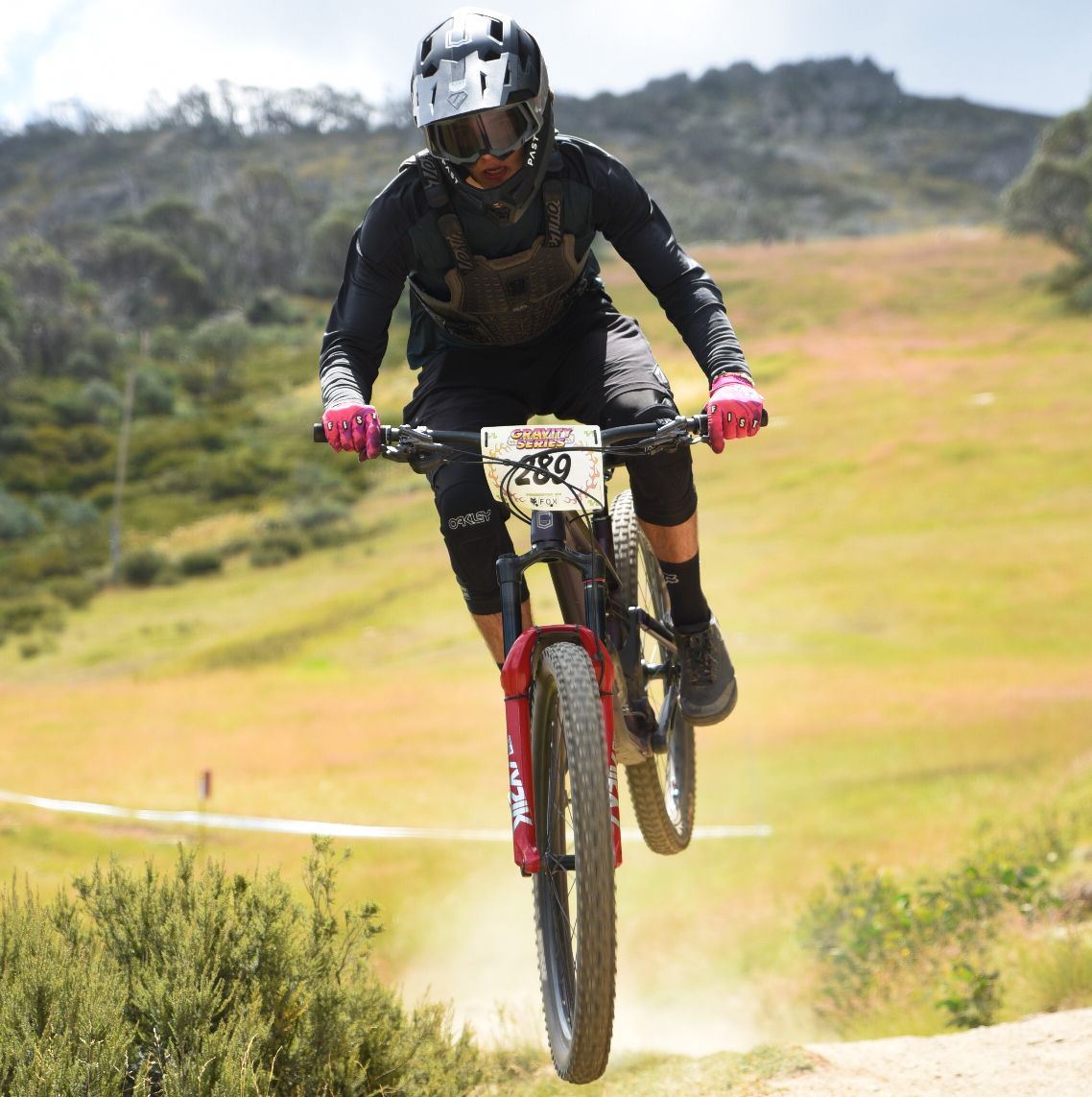
Leave a comment
This site is protected by hCaptcha and the hCaptcha Privacy Policy and Terms of Service apply.